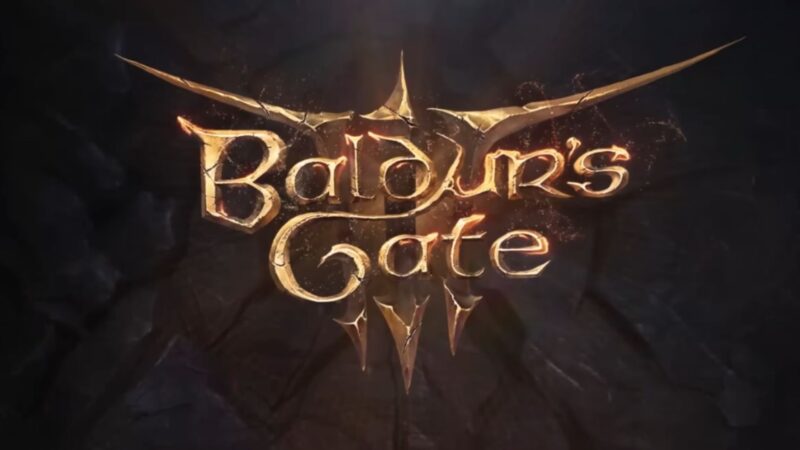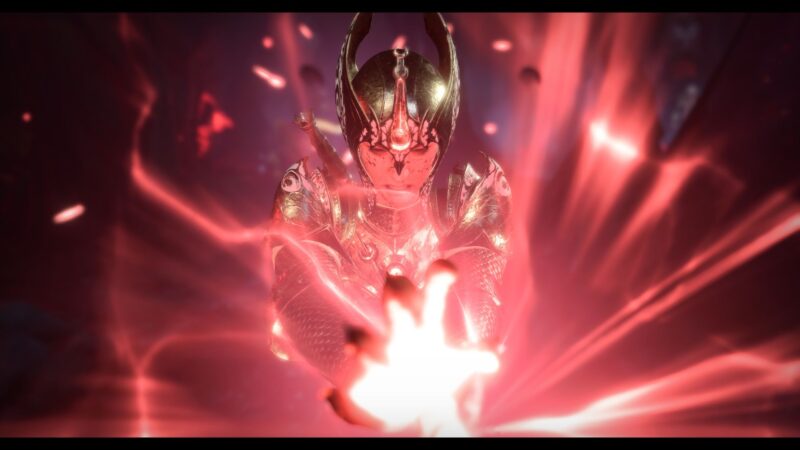Discover the best Paladin class spells that you should be using in Baldur’s Gate 3, damage, healing, crowd control, and Smites!
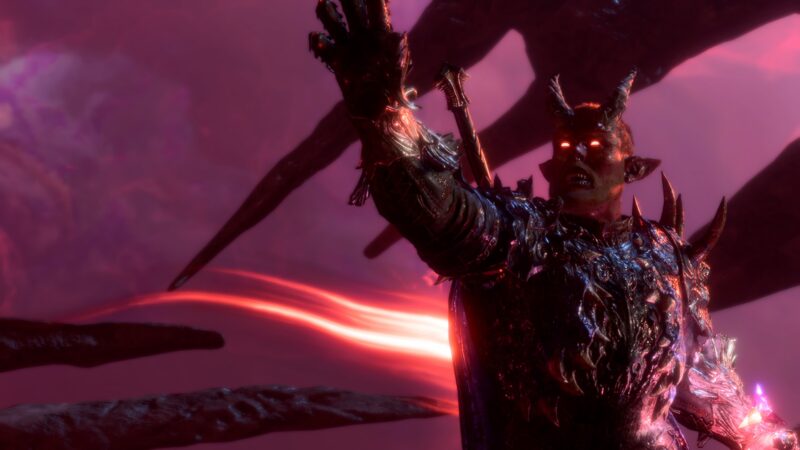
In Baldur’s Gate 3, the Paladin is a versatile, powerful, and morally driven class that blends fierce martial prowess with divine magic and support capabilities. Having access to martial weapons and heavy armour proficiency makes Paladin a perfect melee damage dealer. However, Paladin has a massive amount of spells to choose from and can be complex to play.
The Paladin has four subclasses each with their own set of always-prepared spells. Additionally, Paladin’s have Channel Oath abilities which act as spells but consume a unique Paladin resource. Unlike other spellcasters, the Paladin doesn’t have as many spells or as high of a level of spells. Consider the Paladin class one of the strongest in Baldur’s Gate 3, with some of the best offensive spells in the game.
What are the Best Spells for the Paladin Class in Baldur’s Gate 3
Divine Smite, Thunderous Smite, and Misty Step are the best Paladin class spells in Baldur’s Gate 3. Divine Smite is one of the highest burst damage spells to add damage to weapon attacks passively. Thunderous Smite gives the Paladin a hard-hitting ability, crowd control, and a knockback all in one spell! Lastly, Misty Step is critical for mobility especially early in BG3, allowing you to teleport up to 18 meters away.
Below are the strongest spells for the Paladin class in Baldur’s Gate 3:
- Divine Smite: The best melee burst in BG3
- Thunderous Smite: Burst damage and stun
- Misty Step: Mobility
- Elemental Weapon: Buff weapon
- Hellish Rebuke: Retaliation damage
- Haste: Additional action per turn
- Animate Dead: Summons create to fight
- Sacred Weapon: Adds Charisma modifier to attack rolls
- Hunter’s Mark: Additional physical damage
- Command: Powerful crowd-control
Related:
10 Command
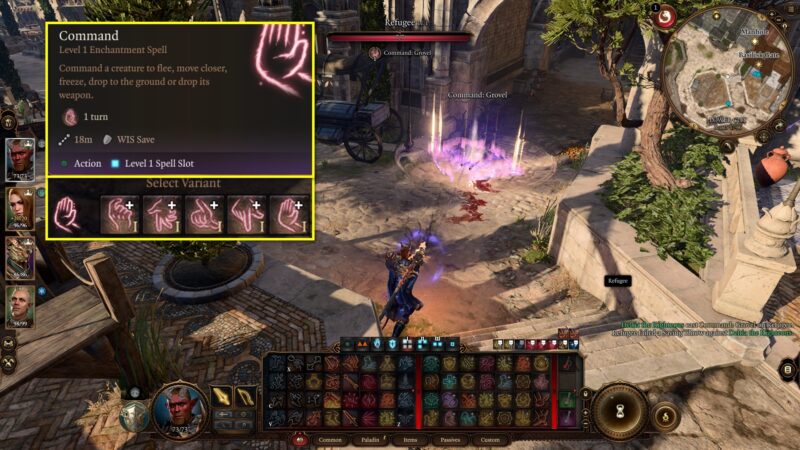
Command features in Baldur’s Gate 3:
- Description: Allows spellcasters to order their target to flee, move closer, freeze, drop to the ground, or drop their weapon.
- School: Enchantment spell
- Cost: Action + Level 1 Spell Slot
- Range: 18 meters
- Concentration: No
- Upcast: Affects an additional target for each Spell Slot Level above 1st.
- Subclass: All
When it comes to a versatile crowd control spell, nothing beats Command. Command allows you to manipulate a target forcing them to drop their weapon, knocking them down, flee, or freeze. The strength of the spell is that all Paladin subclasses obtain this at level 2. The command spell also has a high percentage of landing and stunning or dropping an enemy’s weapon. Moreover, you can use this spell the entirety of the game and have a powerful crowd control spell that has an 18-meter range.
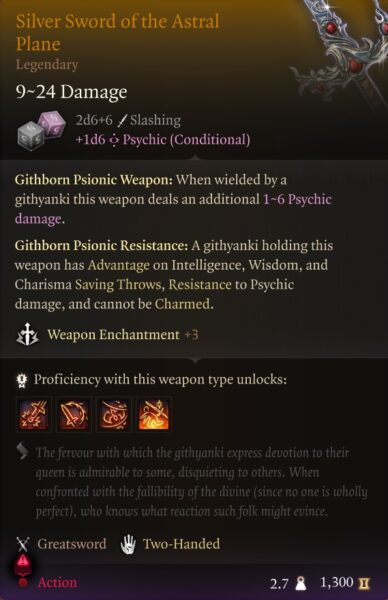
Early in Act 1, you can force the Githyanki Kith’rak Voss to drop the legendary weapon Silver Sword of the Astral Planes. This gives you a massive advantage in your entire playthrough in BG3 and is highly recommended if you want the most powerful weapon in Act 1. Another way to use Command is to make targets grovel, which essentially skips their turn. With 16 or more Charisma, even the hardest enemies in the game will likely drop, making Command one of the best Paladin Class spells in BG3.
9 Hunter’s Mark
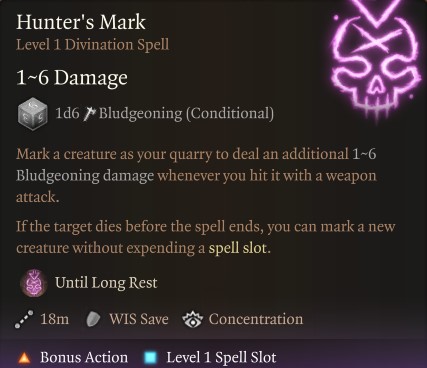
Hunter’s Mark features in Baldur’s Gate 3:
- Description: Mark a creature as your quarry to deal an additional 1d6 Physical damage whenever you hit it with a weapon attack. If the target dies before the spell ends, you can use Reapply Hunter’s Mark to mark a new creature.
- School: Divination spell
- Cost: Bonus action + Level 1 Spell Slot
- Range:18 meters
- Concentration: Yes
- Upcast: No
- Subclass: Oath of Vengeance
Hunter’s Mark is an Oath of the Vengeance-specific spell that adds physical damage when attacking an enemy. Vengeance’s Paladin’s obtain this at level 3 and it can be a great way to passively add damage to a target. Another strength of the spell is that it uses a bonus action rather than an action. Thus, you can use this on turn one to mark a target before you unload with your main hand attack and Divine Smite.
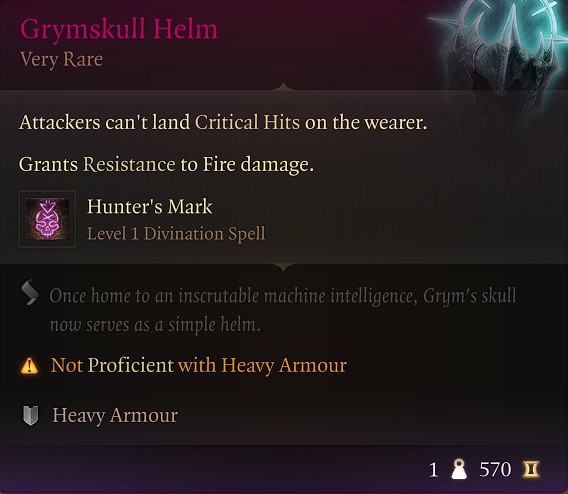
Even if you aren’t playing an Oath of Vengeance Paladin, Act 1 features two items that passively give Hunter’s Mark. Both Grymskull Helm from the Adamantine Forge and Hunting Shortbow sold by Dammon give you a free use once per long rest. Moreover, if a target dies while Marked, you can recast the spell for free. This is a powerful early and late-game spell to make use of your bonus action and passively add damage.
8 Sacred Weapon

Sacred Weapon features in Baldur’s Gate 3:
- Description: This allows them to channel positive energy into their weapon, adding their Charisma Modifier to their attack rolls.
- School: Oath of Devotion
- Cost: Action + Channel Oath Charge
- Range: Self
- Concentration: No
- Upcast: No
- Subclass: Oath of Devotion
At level 3, the Oath of Devotion Paladin unlocks the powerful weapon damage spell Sacred Weapon. Unlike other spells in this guide, Sacred Weapon uses Channel Oath charges rather than spell slots. Once applied, Sacred Weapon buffs your attack rolls based on your Charisma. Thus, if you have 18 Charisma, you can +4 attack roll. This bonus is massively powerful helping you land attacks and do more damage.
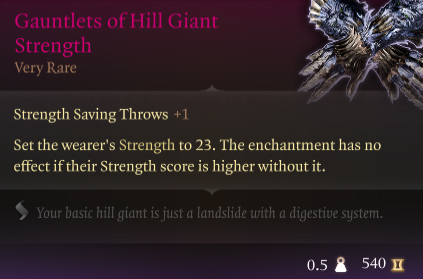
A powerful combination with this spell is to boost your strength with a potion of Hill Giant (21 Strength), Cloud Giant (27 Strength), or Gauntlets of Hill Giant Strength (23 Strength). Next, you can boost your Charisma with Birthright, permanent bonuses, or through ability improvement feats. This gives you a massive bonus that lasts for 10 turns when you need it most.
7 Animate Dead
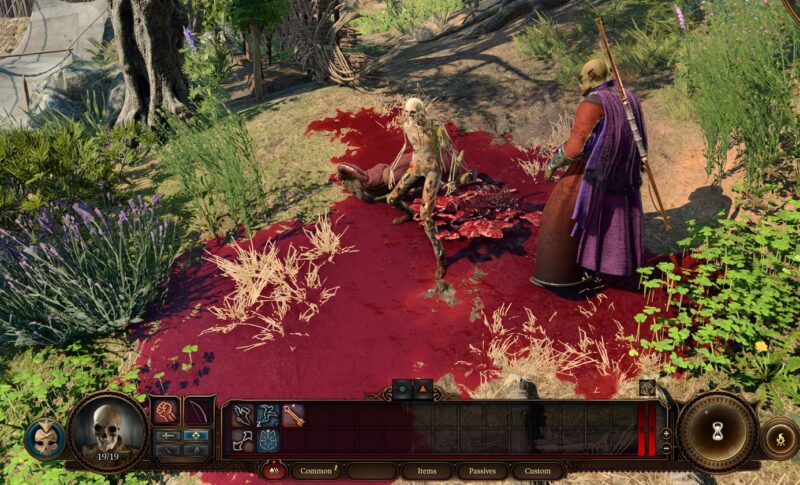
Animate Dead features in Baldur’s Gate 3:
- Description: This spell allows spellcasters to animate a corpse to create an undead servant.
- School: Necromancy spell
- Cost: Action + Level 3 Spell Slot
- Range: 3 meters
- Concentration: No
- Upcast: No
- Subclass: Oathbreaker
The Oathbreaker Paladin obtains a powerful necromancy summon spell at level 9, Animate Dead. The strength of animate dead is it summons a creature that deals damage, adds distraction, and doesn’t require concentration. Thus, you can return to a previous fight with a corpse and use a level 3 spell slot for an additional ally. This is particularly helpful playing solo where every small advantage helps.
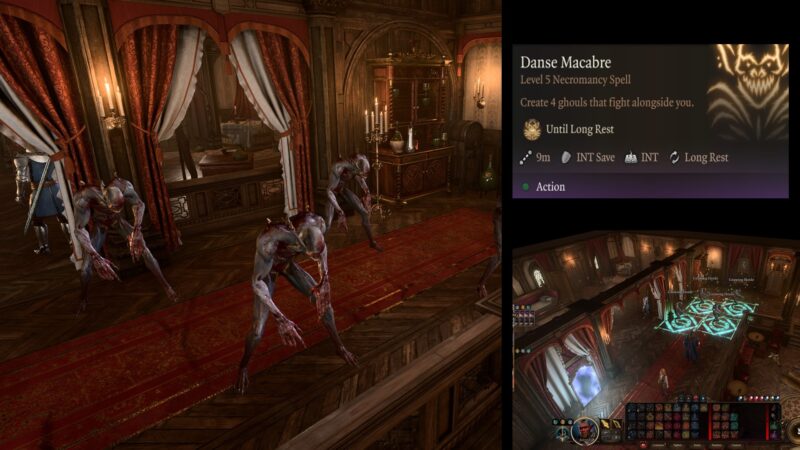
An interesting combination is to use the Circle of Bones helmet found in Act 2, Gauntlet of Shar. Circle of Bones provides allied undead within 6 meters damage resistant to Bludgeoning, Slashing, and Piercing damage. If you obtained the Necromancy of Thay book in Act 1, Act 3 unlocks a powerful permanent bonus casting four Ghouls per long rest! Even as a solo Paladin, this would give you 5 summons, each with damage reduction. While not a meta build, it’s interested in fitting the Oathbreaker theme.
Also Check:- BG3 Map
6 Haste
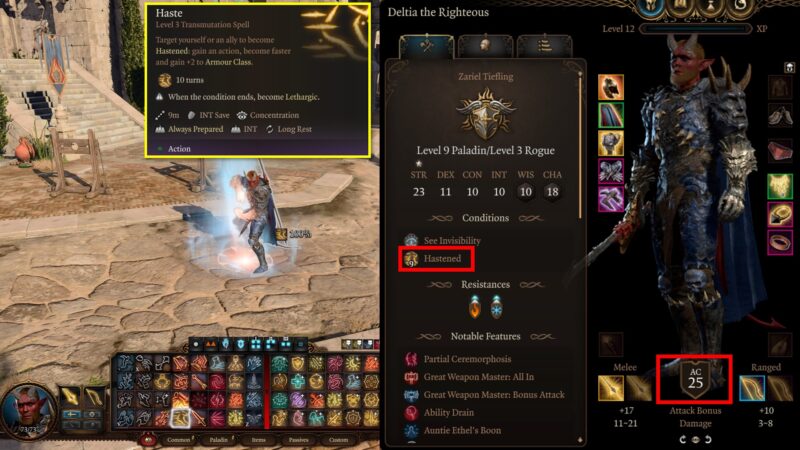
Haste features in Baldur’s Gate 3:
- Description: Target yourself or an ally to become Hastened. The creature has a +2 bonus to Armour Class, an Advantage on Dexterity Saving throws, its Movement Speed is doubled, and can take one additional Action per turn.
- School: Transmutation spell
- Cost: Action + Level 3 Spell Slot
- Range: 9 meters
- Concentration: Yes
- Upcast: No
- Subclass: Oath of Vengeance
When it comes to creating a powerful Paladin build in BG3, the Action economy is the most important factor. Meaning, that can you squeeze out more actions per turn, and with the extra attack, even more attacks. Haste is one of the most powerful and popular spells in BG3 because not only does it boost your AC, and double your movement, but doubles your actions while it’s active!
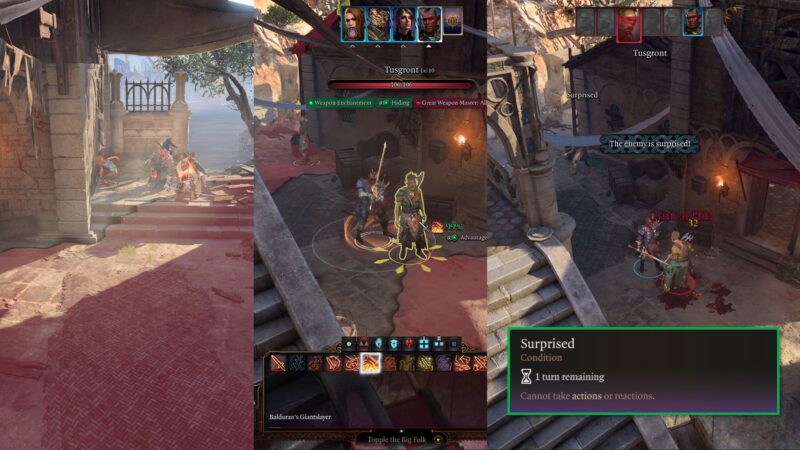
The spell remains active for 10 turns, thus, you can enter turn-based mode while in stealth and cast it on yourself. End your turn to refresh your action, and move into the action for a Thunderous Smite to start combat. This combination gives you a huge advantage at the start and could trigger the surprise status effect if done properly.
The biggest concern with Haste is that when it ends, you will become lethargic and skip your next turn. Haste also requires concentration, which can be broken, resulting in a skipped turn. Be careful when you cast it for one of the best Paladn class spells in Baldur’s Gate 3, and if you aren’t the Vengeance subclass, look for the Darkfire Bow in Act 2.
5 Hellish Rebuke
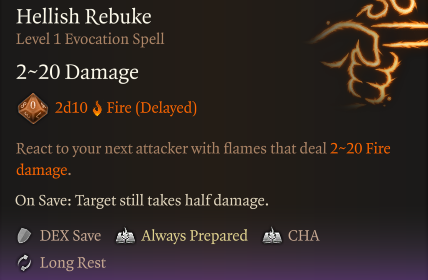
Hellish Rebuke features in Baldur’s Gate 3:
- Description: This spell allows spellcasters to surround a creature in hellfire that deals Fire damage as a Reaction when taking damage from them.
- School: Evocation spell
- Cost: Reaction + Level 1 Spell Slot
- Range: 18 meters
- Concentration: No
- Upcast: No
- Subclass: Oathbreaker
The Oathbreaker Paladin obtains a powerful retaliation spell at level 3 called Hellish Rebuke. This spell returns damage using a reaction during the enemy’s turn. Essentially, Hellish Rebuke punishes enemies for attacking you and doesn’t consume an action or bonus action. The Tieflings race unlocks this spell as well, and you can use this two times with a combination for extra pressure when being attacked.
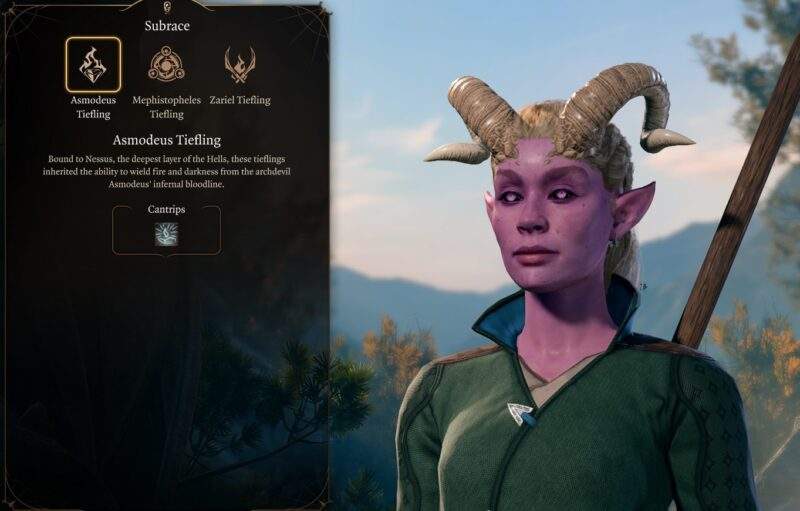
The main concern with Hellish Rebuke is it will consume a spell slot. This can be problematic during the initial start of Baldur’s Gate 3 where spell slots are limited on the Paladin class. Therefore, be cautious when using it depending on your available spell slots.
4 Elemental Weapon
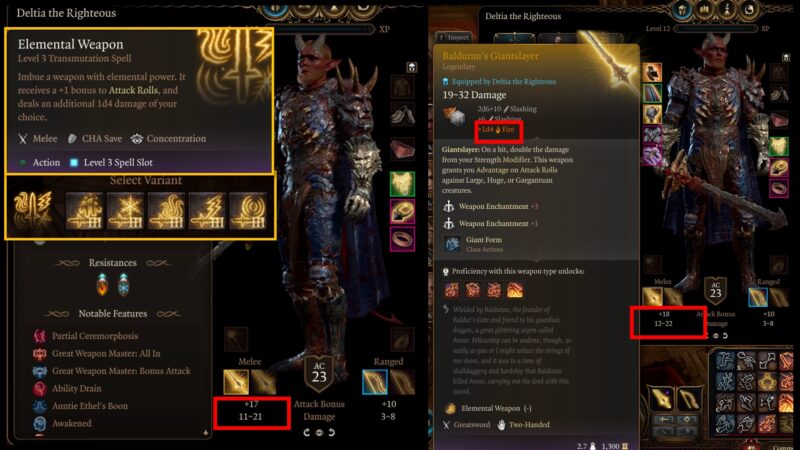
Elemental Weapon features in Baldur’s Gate 3:
- Description: Imbue a weapon with elemental power. It receives a +1 bonus to Attack rolls and Damage Rolls and deals an additional 1d4 damage of your choice.
- School: Transmutation spell
- Cost: Action + Level 3 Spell Slot
- Range: 18 meters
- Concentration: Yes
- Upcast: No
- Subclass: All
At level 9, all Paladin subclasses unlock a powerful buff called Elemental Weapon. This spell consumes a level 3 spell slot but buffs your weapon with an elemental power of your choosing and +1 to attack roll. The strength of this spell is it doesn’t have a 10-turn duration, thus you can pre-buff after a long rest to increase your damage. Moreover, you can pick a specific element that is helpful when avoiding resistance during certain combat encounters.

Another positive of Elemental Weapon is that it stacks with other damage amplification like elixirs, potions, and oil consumables. Using the Oil of Accuracy has a 10-turn +2 bonus to Attack rolls with the oiled weapon. Combining both, before combat makes Elemental Weapon one of the best Paladin class spells in Baldur’s Gate 3.
3 Misty Step
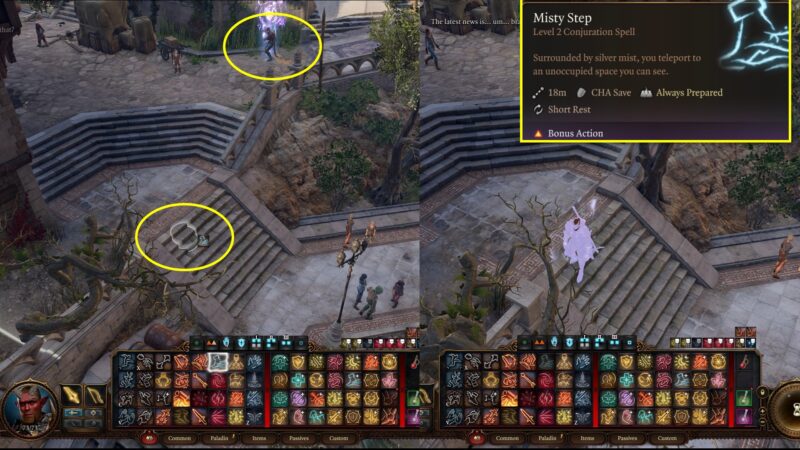
Misty Step features in Baldur’s Gate 3:
- Description: This spell allows spellcasters to teleport themselves to an unoccupied space that they can see.
- School: Conjuration
- Cost: Bonus action + Level 2 Spell Slot
- Range: 18 meters
- Concentration: No
- Upcast: No
- Subclass: Oath of the Ancients, Oath of Vengeance
The Paladin is notoriously slow, and lethargic with poor movement speed at the start of Baldur’s Gate 3. Both the Oath of the Ancients and Vengeance Paladin subclasses obtain Misty Step at level 5. This radically increases your damage potential reaching targets on turn one, rather than turn 2 or 3. An additional benefit of this 18-meter teleport is Misty Step cost a bonus action. Similar to Hunter’s Mark, this gives you a strong bonus action utility spell for mobility.
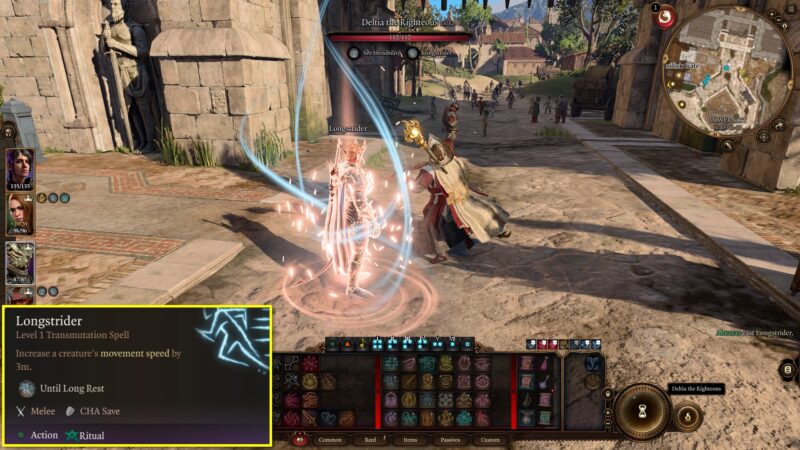
If you aren’t either Ancient or Vengeance subclass, look at obtaining the Amulet of Misty Step and or the Disintegration Nightwalker Boots in Act 1. Both of these items give you a free spell cast of Misty Step and help the lethargic Paladin mobility. Last tip for mobility, look for a class that can cast Longstrider buff. This increases movement speed by 3 meters and lasts until a long rest. Bard, Druid, Wizard, and Ranger all can cast this spell and help the Paladin’s mobility even further.
2 Thunderous Smite
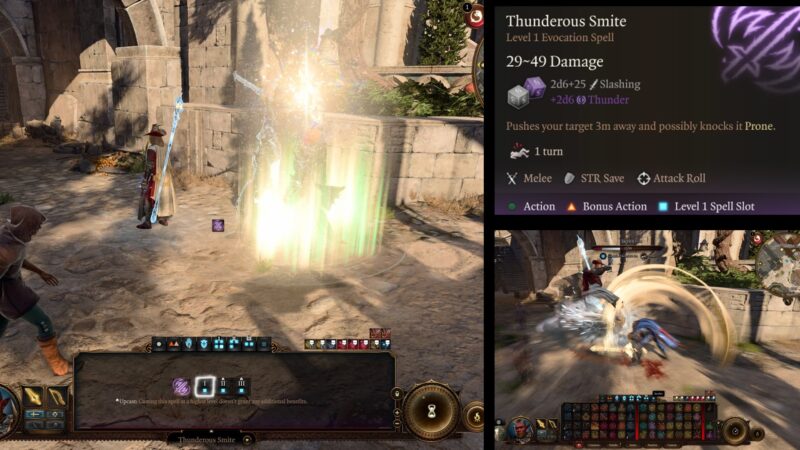
Thunderous Smite features in Baldur’s Gate 3:
- Description: This spell allows spellcasters to cause their weapon to ring with Thunder as they strike, pushing targets away and potentially knocking them Prone.
- School: Evocation spell
- Cost: Bonus action + Level 1 Spell Slot
- Range: 3 meters
- Concentration: No
- Upcast: No
- Subclass: All
Thunderous Smite is the second most powerful spell for the Paladin Class. The strength of this spell is that it does elemental damage, stuns a target, and can knock them back. The best usage of Thunderous Smite is going in sneak, or stealth before combat and initiative combat with Thunderous Smite. This is likely to trigger the surprise status effect, skipping enemies’ first turn and giving you a massive advantage.
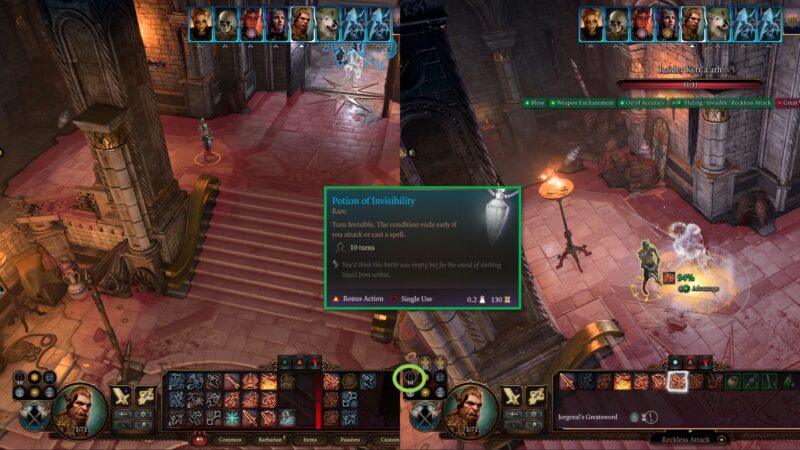
The major downside of Thunderous Smite is requiring an action and a bonus action for one spell. If you are playing a meta two-handed greatsword Paladin build, you will likely want bonus action free for the Great Weapon Master attack. Thus, it’s hard to recommend the usage of Thunderous Smite in every situation. However, it can start combat off with surprise, an enemy stunned, or outright obliterated because of its damage.
1 Divine Smite
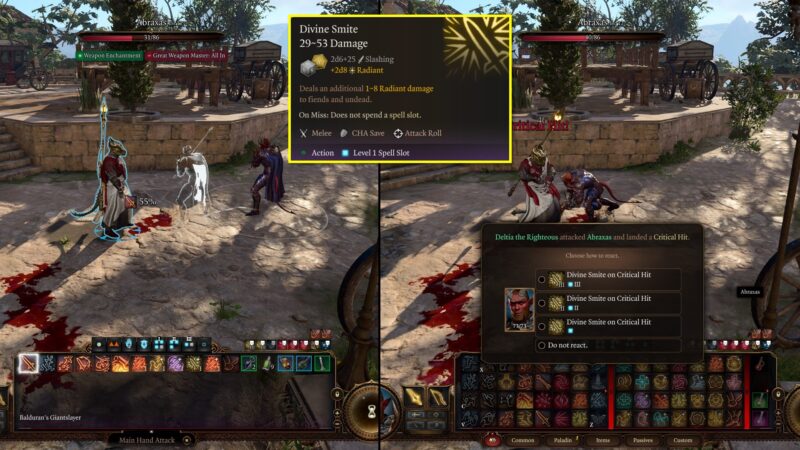
Divine Smite features in Baldur’s Gate 3:
- Description: Divine Smite allows a Paladin to expend a Spell Slot to deal additional Radiant damage with a melee weapon attack.
- School: Paladin Specific
- Cost: Level 1 or higher Spell Slot
- Range: 3 meters
- Concentration: No
- Upcast: When Divine Smite is cast at 2nd Level or higher, damage increases by 1d8 Radiant for each Spell Slot Level above 1st.
- Subclass: All
Divine Smite is the best Paladin Spell in Baldur’s Gate 3 because it allows you to passively add radiant damage to your melee weapon attack. Unlike other spells, Divine Smite can be triggered via a main hand attack, or critical hit, vs. casting outright. You can adjust the settings of when Divine Smite should automatically trigger in the reactions tab of your character screen. In general, you want to check “ask” because it will consume a spell slot and trigger extra damage.
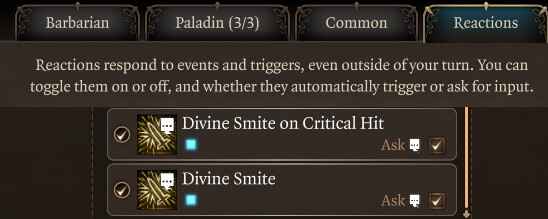
Another bonus of Divine Smite is it doesn’t consume a spell slot when you miss. Moreover, the damage increases with critical strikes and higher-level spell slots. Thus, you can leave most of your spell slots for Divine Smite procs and do the most single-target burst damage of any class in Baldur’s Gate 3. The main downside of this spell is, it requires constant long rest to replenish your spell slots.
Divine Smite Combination
The best combination for optimizing Divine Smite is having a Paladin stack Strength via potions or gear sets like Gauntlets of Hill Giant Strength. Then, use the ability improvements for Savage Attacker and Great Weapon Master, which both increase damage. Furthermore, selecting a Half-Orc will give you the Savage Attacks feature. When you score a Critical Hit with a melee Weapon attack, an additional Damage Dice is added to your total damage.
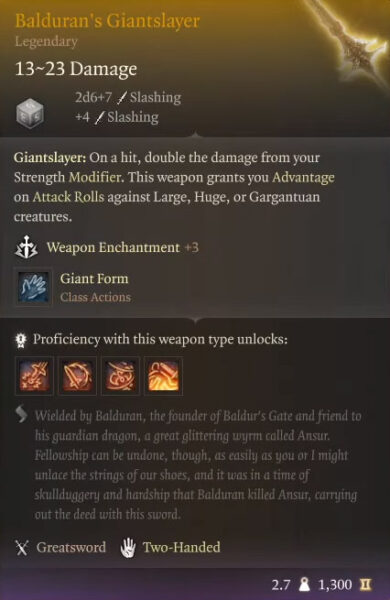
Combine all of these variables with the Legendary Greatsword Balduran’s and you will do some of the most awe-inspiring burst damage in the entirety of BG3. Thus, Divine Smite is the best spell for the Paladin class.
Looking For More About Baldur’s Gate 3?
Thank you for reading Baldur’s Gate 3: Best Spells for the Paladin Class Guide. We provide the latest news and create guides for Baldur’s Gate 3. Also, watch me play games on Twitch or visit my YouTube channel!
 Reddit
Reddit
 Email
Email
